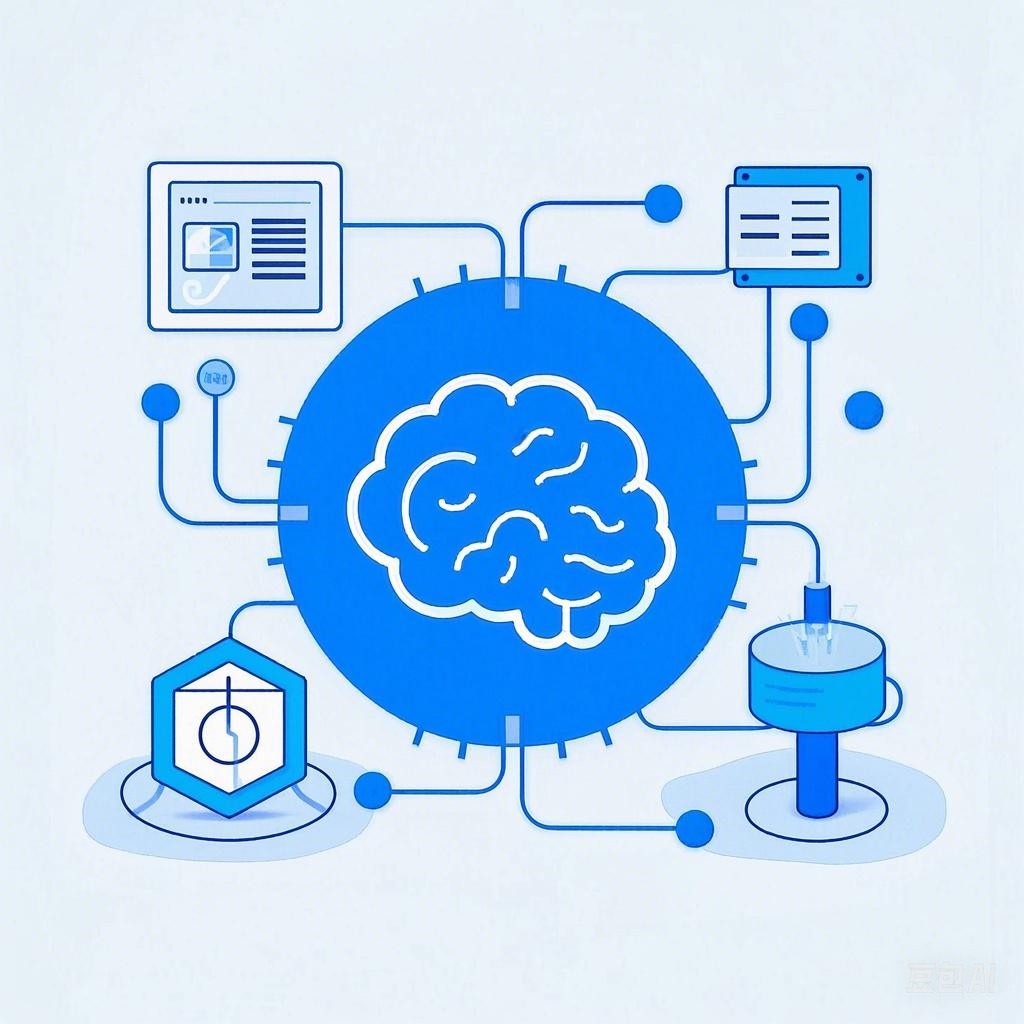Introduction
Interaction design has come a long way since its inception. The way we interact with technology has evolved significantly over the years, with new paradigms emerging to cater to the changing needs of users. This article delves into the evolution of interaction design paradigms, exploring key milestones and the impact they have had on our daily lives.
The Birth of Interaction Design
Early Computing: Command-Line Interfaces
The first interaction design paradigms were born in the era of early computing. During the 1960s and 1970s, computers were primarily used by experts, and interaction was through command-line interfaces (CLIs). Users had to memorize complex commands to perform tasks. This paradigm was characterized by its simplicity and efficiency but lacked user-friendliness.
Example of a CLI:
$ ls
$ cd documents
Graphical User Interfaces (GUIs)
The introduction of graphical user interfaces (GUIs) in the 1980s marked a significant shift in interaction design. GUIs allowed users to interact with computers using visual elements like icons, windows, and menus. This made computing more accessible to the general public, and companies like Apple and Microsoft played a crucial role in popularizing GUIs.
Example of a GUI:
- Clicking on an icon to open an application
- Using a mouse to navigate and select items
The Rise of Touchscreen Interactions
The iPhone and the advent of Multi-Touch
The release of the iPhone in 2007 revolutionized the way we interact with technology. Apple introduced multi-touch technology, allowing users to perform gestures like swipe, pinch, and tap. This marked the beginning of a new era in interaction design, where touch became the primary mode of interaction.
Example of multi-touch gestures:
- Swiping to scroll through a list
- Pinching to zoom in or out
Tablets and the Expansion of Touchscreen Interactions
The rise of tablets, particularly the iPad, further expanded the reach of touchscreen interactions. Tablets offered a portable and intuitive way to interact with content, paving the way for touch-based interfaces in other devices like smartphones and laptops.
Voice and Gesture-Based Interactions
The Emergence of Voice Assistants
Voice-based interactions gained prominence with the advent of voice assistants like Apple’s Siri, Amazon’s Alexa, and Google Assistant. These devices allow users to perform tasks, access information, and control smart home devices using voice commands.
Example of voice interaction:
- "Hey Siri, set an alarm for 7 AM tomorrow."
Gesture Recognition
Gesture recognition technology has also made significant progress, enabling users to control devices using hand movements and body language. This technology is particularly useful in virtual reality (VR) and augmented reality (AR) applications, where users can interact with digital content in a more immersive and intuitive way.
The Future of Interaction Design
Predictive Interactions
The future of interaction design lies in predictive interactions, where technology anticipates the user’s needs and proactively offers assistance. This could include intelligent recommendations, automated task completion, and adaptive interfaces that adjust to the user’s preferences and habits.
Personalization
Personalization will continue to be a key trend in interaction design. Devices will become more tailored to individual users, offering a unique and customized experience based on their preferences, behavior, and context.
Mixed Reality
Mixed reality (MR) will merge the physical and digital worlds, creating new opportunities for interaction. Users will be able to interact with digital content in their physical environment, blurring the lines between the real and virtual worlds.
Conclusion
The evolution of interaction design paradigms has transformed the way we interact with technology. From command-line interfaces to multi-touch, voice, and gesture-based interactions, each paradigm has brought its unique set of challenges and opportunities. As we continue to explore new ways of interacting with technology, the future holds even more exciting possibilities.
